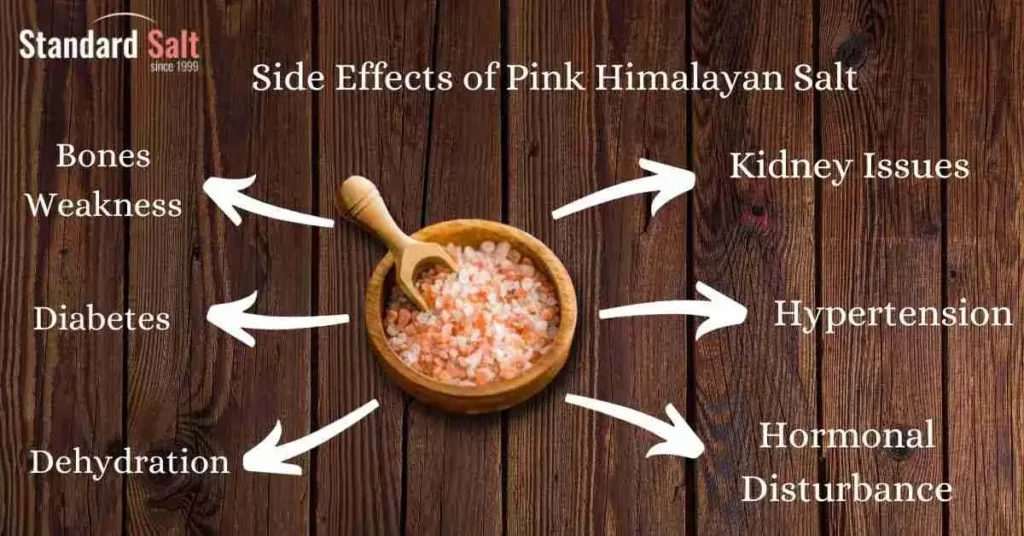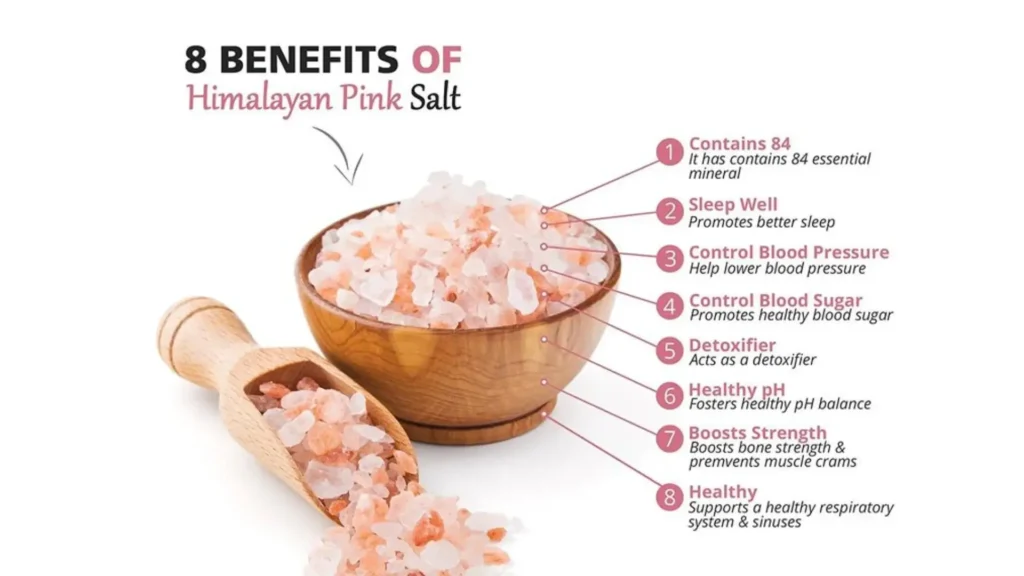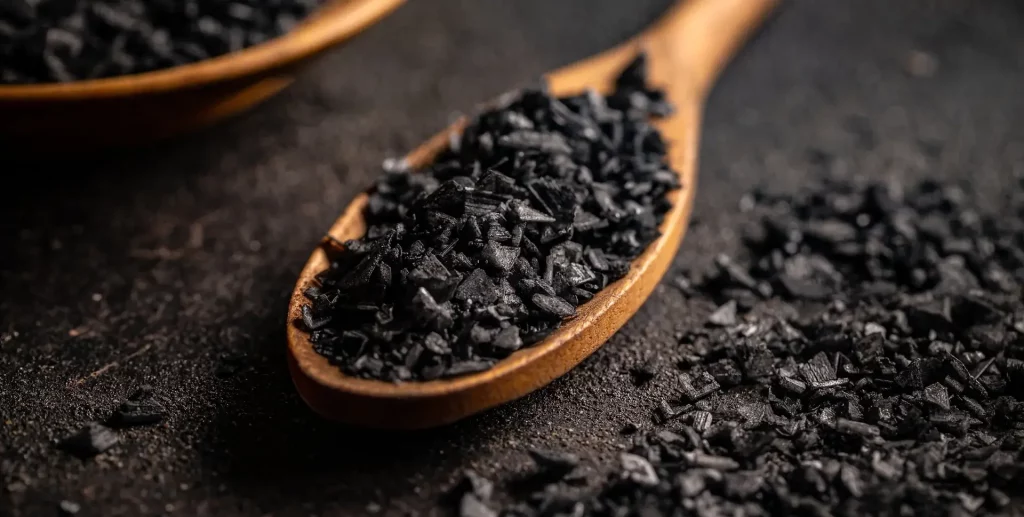
How To Decorate With Himalayan Salt Products A Unique Guide
How to Decorate with Himalayan Salt Products A Unique Guide These unique lamps and decor items are believed to purify the air, boost mood, and

Have you ever stepped into a bath infused with Pink Himalayan salt and felt an immediate sense of relaxation wash over you? This ancient practice, rooted in holistic wellness, has gained popularity for its purported benefits. However, as with any health trend, it’s essential to delve deeper into the potential side effects that may accompany this soothing ritual.
Pink Himalayan salt, harvested from ancient sea beds in the Himalayas, is celebrated for its mineral content and vibrant color. Advocates claim that soaking in a bath enriched with this salt can detoxify the skin, enhance relaxation, and even improve mood. But while the allure of these benefits is enticing, it’s crucial to approach them with a discerning eye.

Before diving into the potential downsides, let’s acknowledge the benefits. Pink Himalayan salt baths are often lauded for:
While these benefits are appealing, they come with caveats that warrant attention.

One of the most significant concerns with Pink Himalayan salt baths is the potential for dehydration. The high salt content can draw moisture from the skin, leading to dryness and irritation. Prolonged exposure may exacerbate this effect, particularly if you don’t hydrate adequately before and after your bath.
Individuals with sensitive skin may experience adverse reactions, such as redness, itching, or a burning sensation. The abrasive nature of the salt can also lead to over-exfoliation, further aggravating sensitive areas. It’s advisable to start with smaller amounts of salt and monitor your skin’s response.
Excessive salt intake, even through skin absorption, can disrupt your body’s electrolyte balance. This may lead to symptoms like muscle cramps, headaches, or fatigue. Those with underlying health conditions, such as hypertension or kidney issues, should consult a healthcare provider before indulging in salt baths.
If not dissolved properly, salt particles can remain on the skin, increasing the risk of irritation or infection, especially for individuals with cuts or open wounds. Rinsing off thoroughly after your bath is crucial to minimize this risk.
Though rare, some individuals may have allergic reactions to the minerals present in Pink Himalayan salt. Symptoms can include hives, swelling, or difficulty breathing. If you experience any of these symptoms, discontinue use immediately and seek medical attention.
To maximize the benefits while minimizing risks, consider the following tips:
Outside the kitchen, Himalayan pink salt is notable for its use in bath salts and spa drugs. It is acknowledged to help with relaxing muscles, detoxifying the body, and promoting skin richness.
While Pink Himalayan salt baths can offer a luxurious and relaxing experience, it’s essential to remain vigilant about the potential side effects. By understanding how to enjoy these baths safely, you can reap the benefits without compromising your health. Always listen to your body and consult with a healthcare professional if you have concerns.
Yes, Pink Himalayan salt can be used for foot soaks. Just ensure the concentration is lower than that used for full-body baths to minimize irritation.
It’s generally safe to take a salt bath once a week, but listen to your body and adjust based on how your skin reacts.
Individuals with extremely sensitive skin or conditions like eczema should consult a dermatologist before using salt baths.
If you experience irritation, rinse off immediately, moisturize your skin, and avoid using salt baths until the irritation subsides. If symptoms persist, consult a healthcare professional.

How to Decorate with Himalayan Salt Products A Unique Guide These unique lamps and decor items are believed to purify the air, boost mood, and

Does Black Salt Expire? Uncovering the Truth About Its Shelf Life and Uses Black salt, often celebrated for its unique flavor and health benefits, raises
WhatsApp us